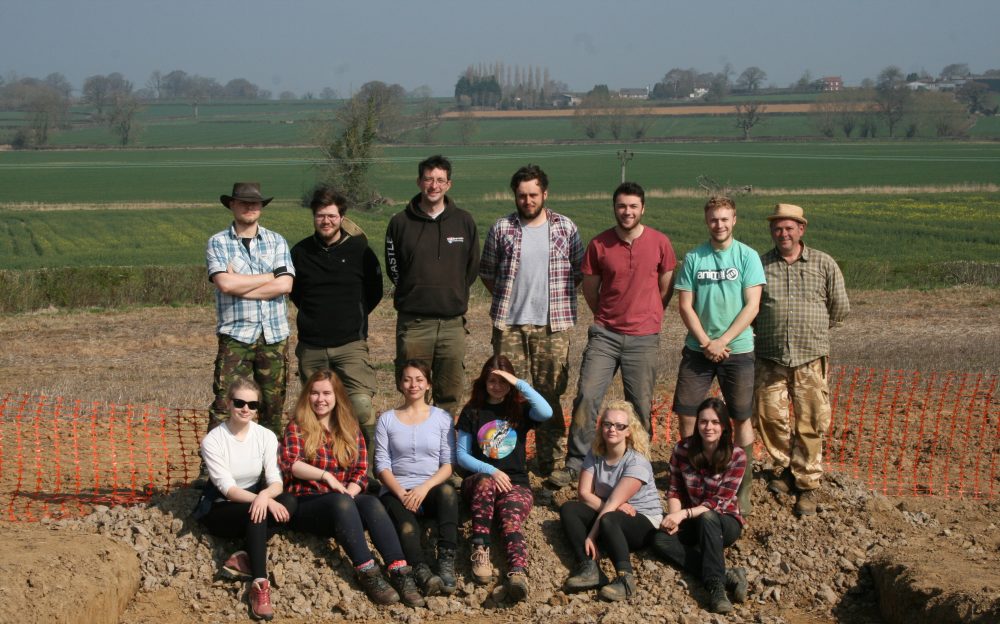After a long journey, not helped by being stuck in traffic south of Worcester for three and a half hours, the advance party arrived.
Pitching camp in the dark was a bit of a trial, but the warm welcome from Colin and Maggie made us feel right at home. Most of the advance party are veterans of the 2014 season and it feels like we’ve never been away.
We’ve got quite a lot planned for tomorrow. We need to collect some tools from our friends at SSARG, recce the site, buy some shopping and strategise a bit.
Next on the agenda is a plate of fish n chips and a swift drink to make up for the long journey.
Fingers crossed for some warm(ish) weather.

